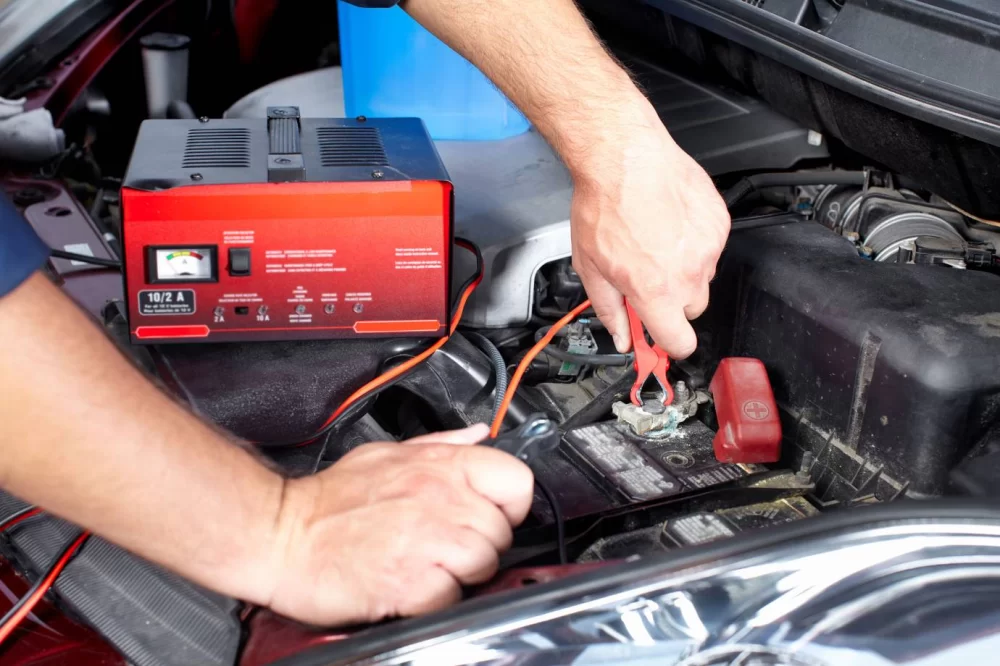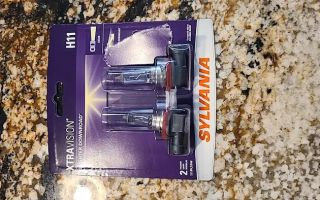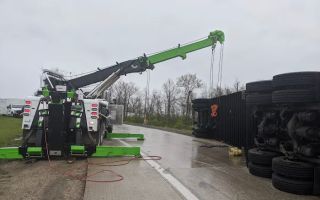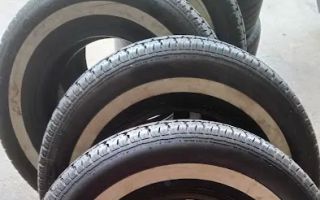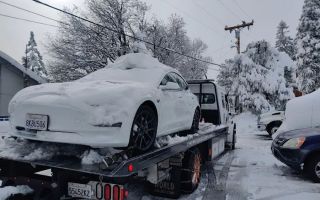Is It Safe to Drive with a Weak Car Battery? Everything You Need to Know
We've all been there—your car battery is showing signs of weakness, but you need to get to work, or you have errands to run. You're left wondering, "Is it safe to drive with a weak battery?" The answer depends on several factors, and understanding these can help you make an informed decision about whether to drive or seek assistance. In this article, I'll walk you through what a weak battery means for your vehicle, how to identify the symptoms, and why it's important to address the issue before it becomes a bigger problem.- Symptoms of a Weak Car Battery
- Potential Risks of Driving with a Weak Battery
- How to Test Your Car Battery
- What to Do If You Have a Weak Battery
- Real-Life Case Study: A Weak Battery Emergency

